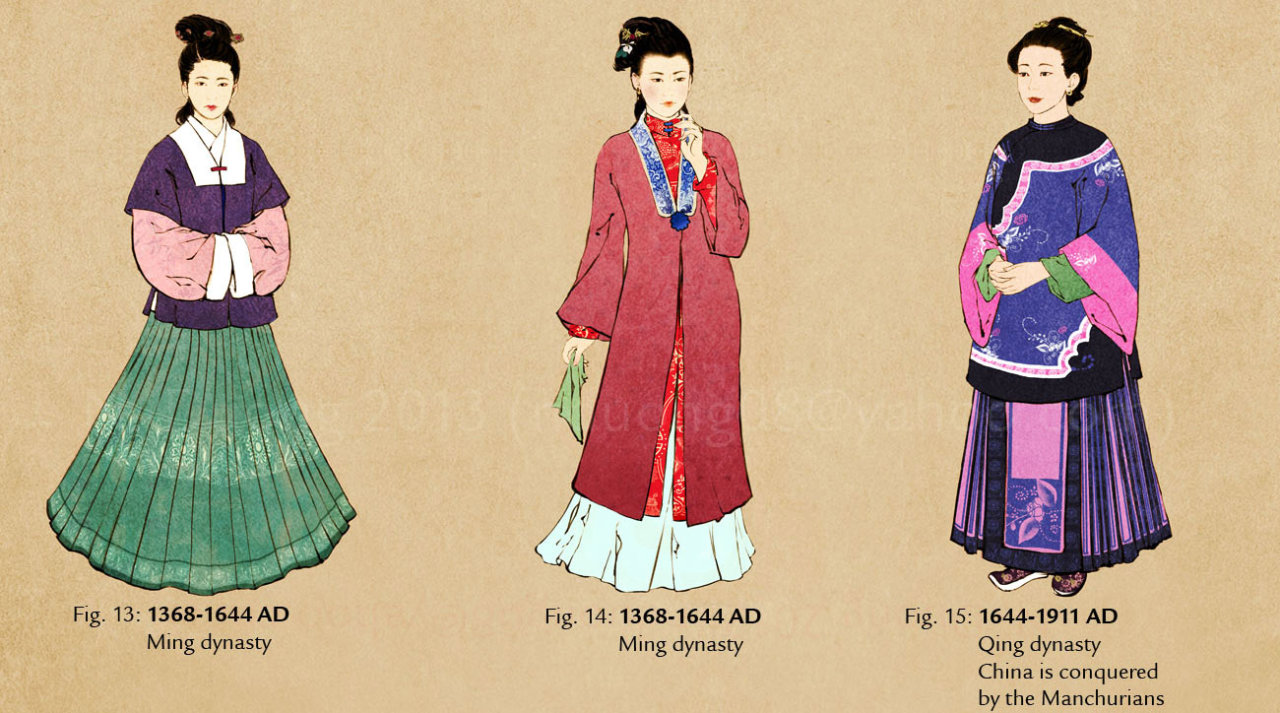- Joined
- Nov 9, 2010
- Messages
- 80,748
- Points
- 113
View attachment 42289
Qipao is mutated from Qing dynasty wear. Not real Chinese traditional wear. This one then is real thing, which unfortunately no more Chinese wearing. Only can see similar in Korean traditional wear copying Ming dynasty traditional wear.
Chinese should wear the real Chinese traditional wear and not qipao. What a shame that Koreans are wearing their traditional wear based on Ming dynasty traditional wear while Chinese go wear qipao!
辛亥革命之后,在排满风潮的影响下,满洲妇女因为性命安全大都改穿汉人服饰,导致不再有人穿着昔日的旗人服装[6],在五四运动以及西方文明的影响下,加上当时被欧美日本列强侵略的大环境、国难当头下的复活原本清代旗装袍的社会条件亦不充分。当时的人们也普遍不接受已经被抛弃的中国传统朝代的旧服装[7]。
把清代旗装和西洋化的服装进行了结合,采用清朝的盘扣和立领、但是加上西方的立体剪裁和凸显女性曲线,最终融合而成的就是现代旗袍。旗袍在1925年开始流行于上海[8],学者研究指出,旗袍风尚的始发群体为上海的女学生群体,以当时其“女界领袖”的衣着引领地位和对西化新事物的接受能力而论,当时的女学生是旗袍最早的主要使用者[7]。
https://zh.m.wikipedia.org/zh-sg/旗袍#歷史發展










